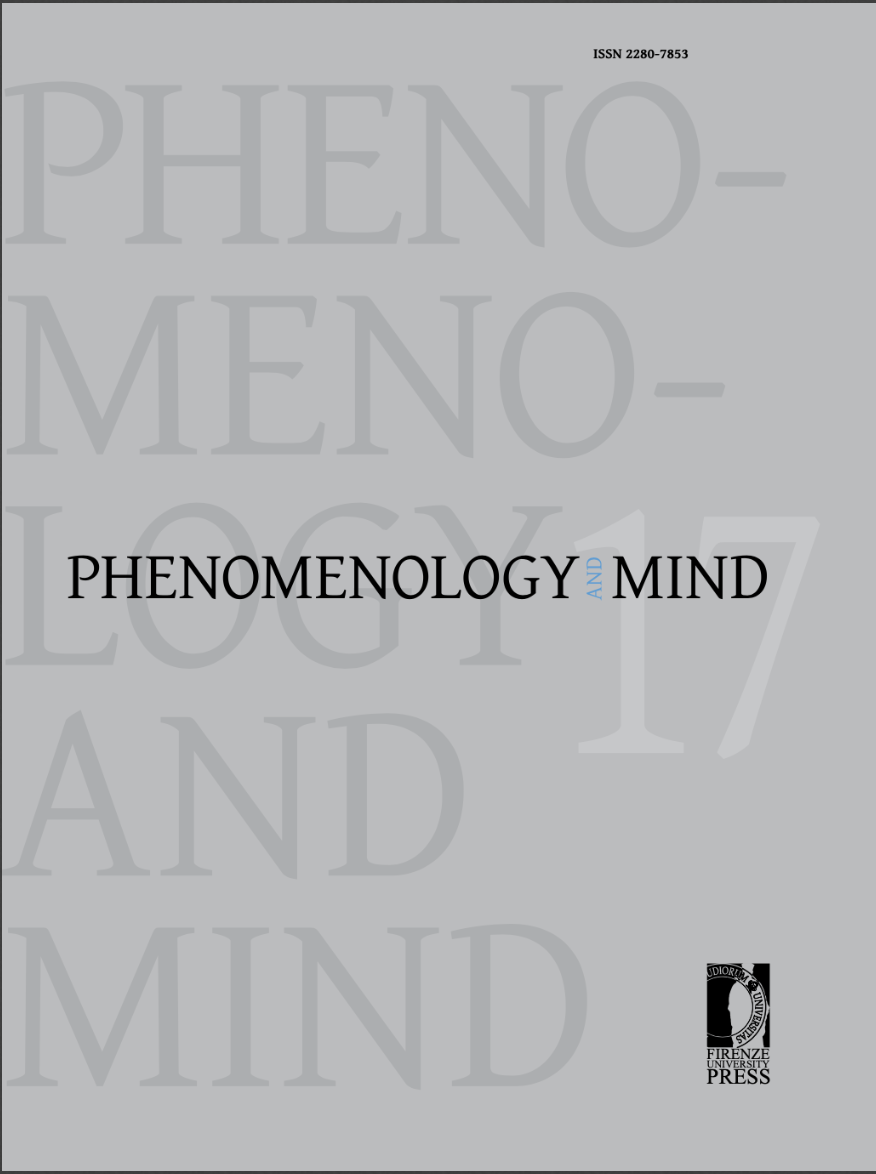Published 2016-11-27
Keywords
- empathy,
- intersubjectivity,
- motor theory
How to Cite
Abstract
In the perspective of a study of emotions and mind in adaptive and naturalized terms, the analysis of empathic phenomena assumes a peculiar significance. Putting together neuroscience and philosophy, nowadays it is possible to analyze the neurobiological substrate of empathy and to conceptually redefine empathy. We will talk about some philosophical reflections on empathy and then we will stress that, as in some philosophical theories, recent brain imaging studies reveal the existence of multiple areas (and so, multiple levels) involved in empathic responses: limbic areas for the emotional resonance; motor areas and sensory areas for sensorimotor resonance; prefrontal areas to assess the social status of others, and parietal areas to adopt the others intentional point of view and for the self/other distinction. A detailed analysis of empirical data has led us to show how the same ‘mirroring’ metaphor is used for two different phenomena. However, it is possible to throw a bridge between the different types of empathic responses (motor or emotional ones). Then, we will focus on some theoretical points to provide a contribution about empathy, a topic that often is still considered an enigma for sciences of mind and behavior.

